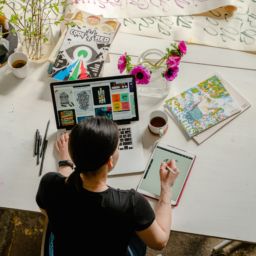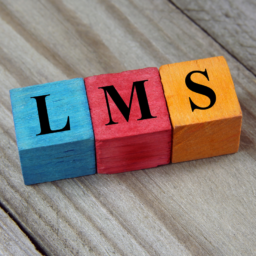Language Courses Recent Blogs
December 22, 2021
 The reasons for learning a foreign language are different but all valid: whether it is for personal, professional, study or touristic reasons, speaking a foreign language helps to develop our mind, enrich our vision of life and broaden our horizons. “To learn a language is to have another window to look at the world” Chinese proverb.
This is certainly a demanding task, a new task on top of the many existing responsibilities as an adult. It is not impossible to complete the project and eventually take ownership of the target language. At ELAM, our language professionals are always on hand to help you make your dream come true in the shortest possible time and most flexibly and appropriately! Our wide selection of courses adapted to your needs and availability, combined with our resources offered exclusively to our learners, are the perfect tool to realize your language project. At the same time, you need to invest personal effort in your own training. To do this, a roadmap and a rational plan are essential. Always think about why? Why do you want to learn this language? What are your goals? What are your motivations? Please don’t lose sight of these reasons and goals; whenever you feel discouraged or overwhelmed, come back to it!
The reasons for learning a foreign language are different but all valid: whether it is for personal, professional, study or touristic reasons, speaking a foreign language helps to develop our mind, enrich our vision of life and broaden our horizons. “To learn a language is to have another window to look at the world” Chinese proverb.
This is certainly a demanding task, a new task on top of the many existing responsibilities as an adult. It is not impossible to complete the project and eventually take ownership of the target language. At ELAM, our language professionals are always on hand to help you make your dream come true in the shortest possible time and most flexibly and appropriately! Our wide selection of courses adapted to your needs and availability, combined with our resources offered exclusively to our learners, are the perfect tool to realize your language project. At the same time, you need to invest personal effort in your own training. To do this, a roadmap and a rational plan are essential. Always think about why? Why do you want to learn this language? What are your goals? What are your motivations? Please don’t lose sight of these reasons and goals; whenever you feel discouraged or overwhelmed, come back to it!
So how do you create a self-study method that works?
First of all, you need to look at your schedule, your motivations, your learning style, and much more before you can come up with a language study plan that you really like. A plan that you like. You may want to study as much as possible to achieve your goals more quickly, but you will lose motivation very quickly if you don’t take the time to adopt a balanced lifestyle. Be rational but focused on your goal.Have a good language learning system:
- Set a reasonable yet effective time goal
- Set a weekly or monthly goal, but make sure you work daily.
- Determine what type of learner you are; this will help you understand your strengths and weaknesses. Note that there are several different types; here are the next four most important ones, along with tips and tricks for each type.
I. Visual
-
- Use flashcards to learn new words.
- Try to visualize things you hear or read.
- Write down keywords, ideas, or instructions.
- Draw pictures to explain new concepts and then explain the pictures.
- Color code objects.
-
- Use flashcards to learn new words; read them aloud.
- Read stories, homework, or instructions aloud.
- Record yourself spelling words, then listen to the recording.
- Study new material by reading it aloud.
-
- Use flashcards and arrange them in groups to show relationships between ideas.
- Trace words with your finger to learn to spell.
- Do you frequently structure grammar ‘formulas’?
-
- Music: playlist
- Youtube channels – podcasts: on topics that interest you and normally listen to in your language.
- Watching shows on Netflix
- The resources available to language learners today take many forms. There is everything from textbooks to various apps such as Duolingo and FluentU.

















